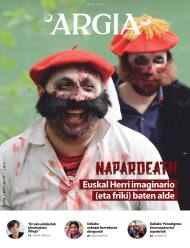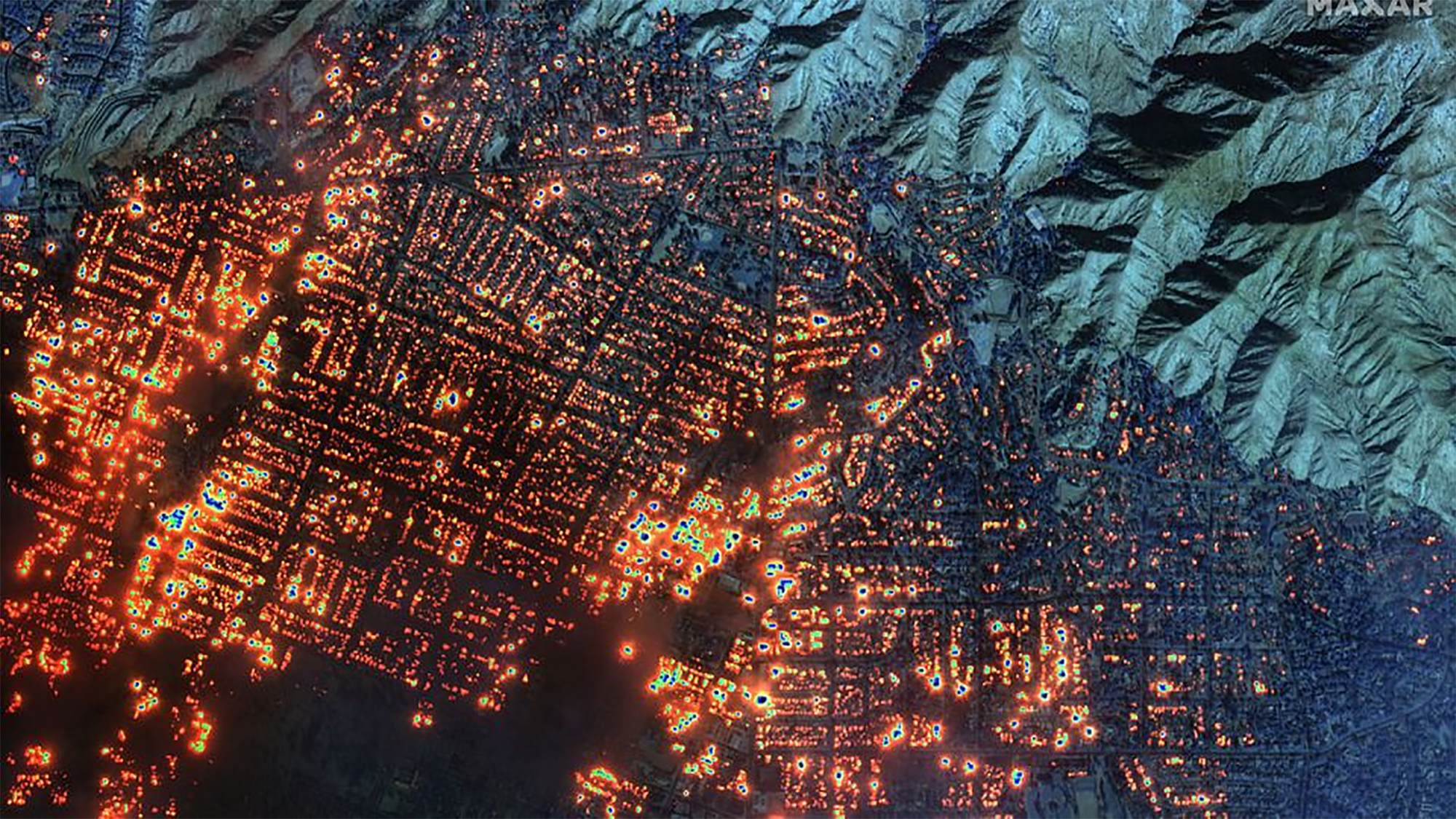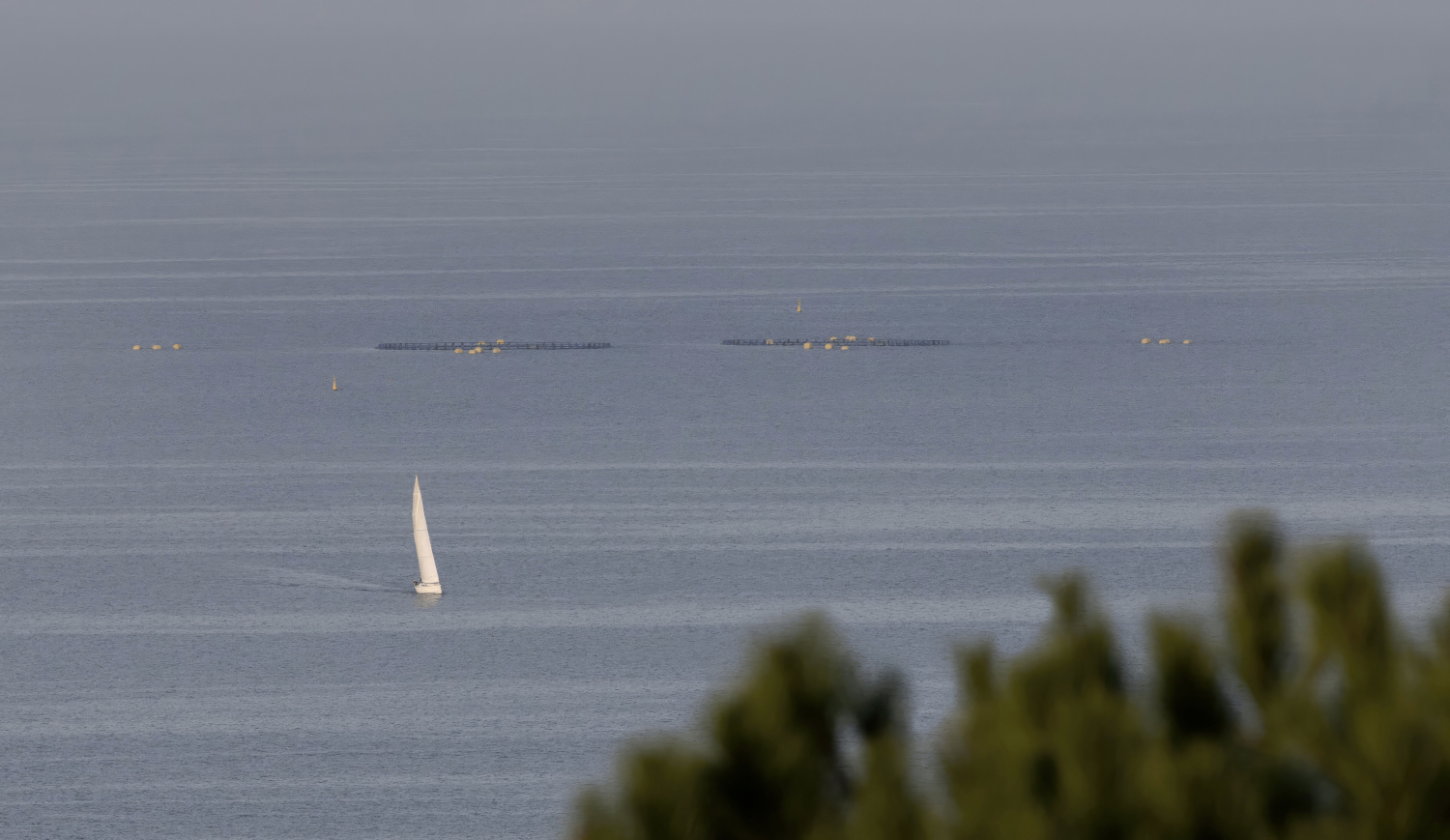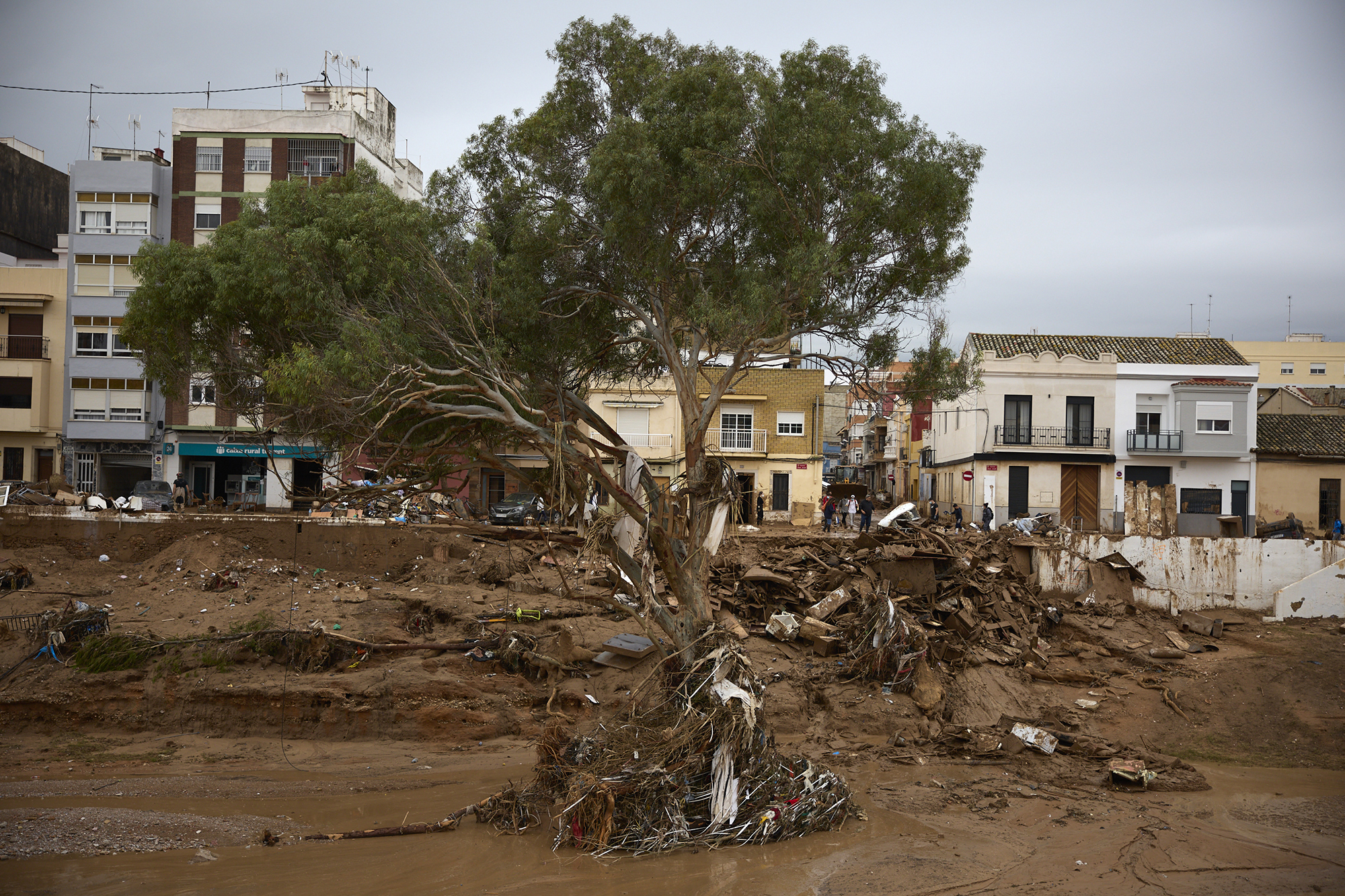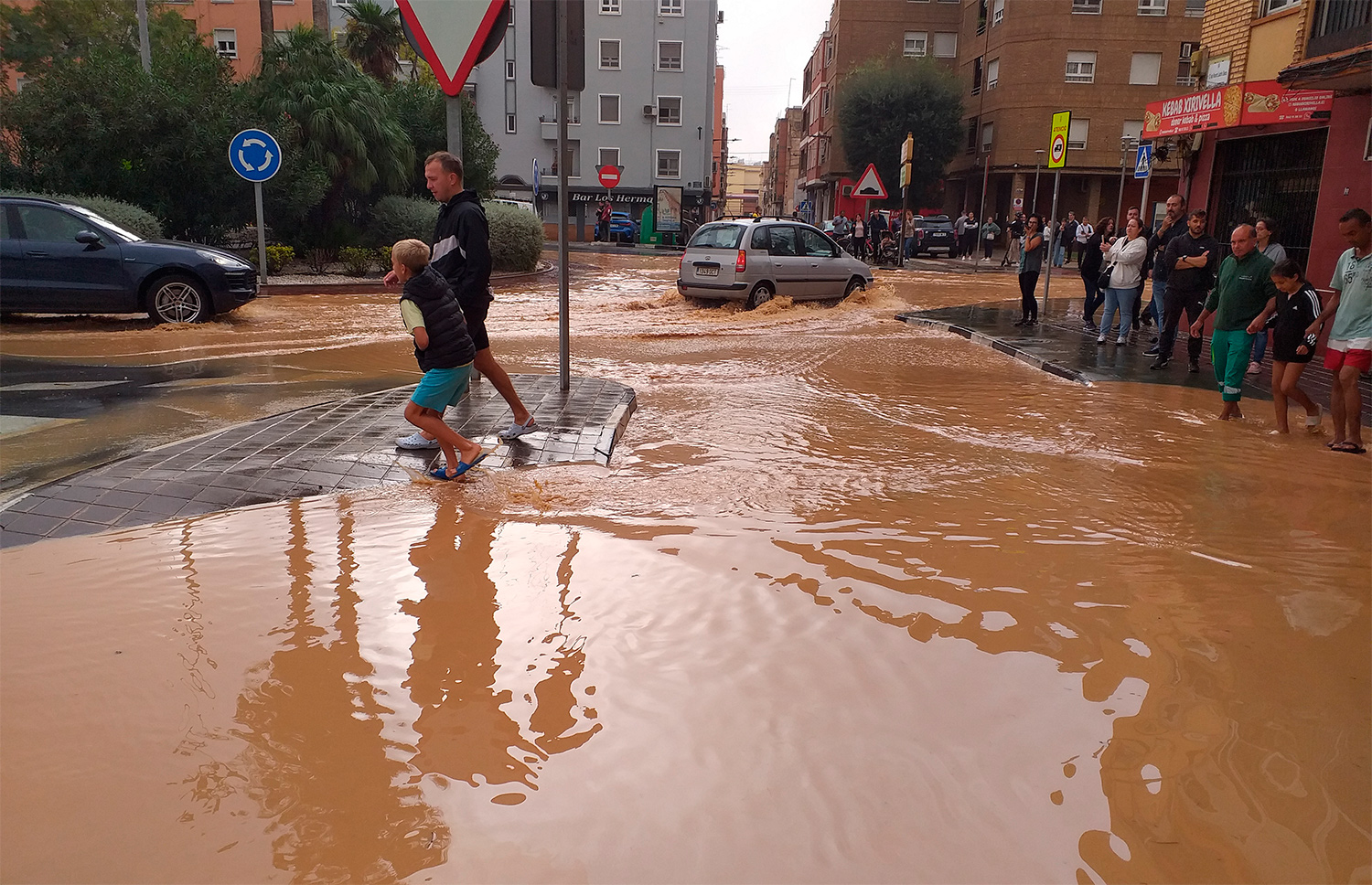"After all, that's the only secret: working and bringing the neighborhood together."
- Vallcarca is a neighbourhood in Barcelona that has plenty to talk about. In 2008, the Urban Plan imposed demolished many buildings in the area, and since then the neighborhood continues to fight both public entities and private interests. Júlia de Orovio, neighbourhood of the neighborhood and member of the Assemblea de Vallcarca, works in the architecture cooperative Voltes of the neighborhood.
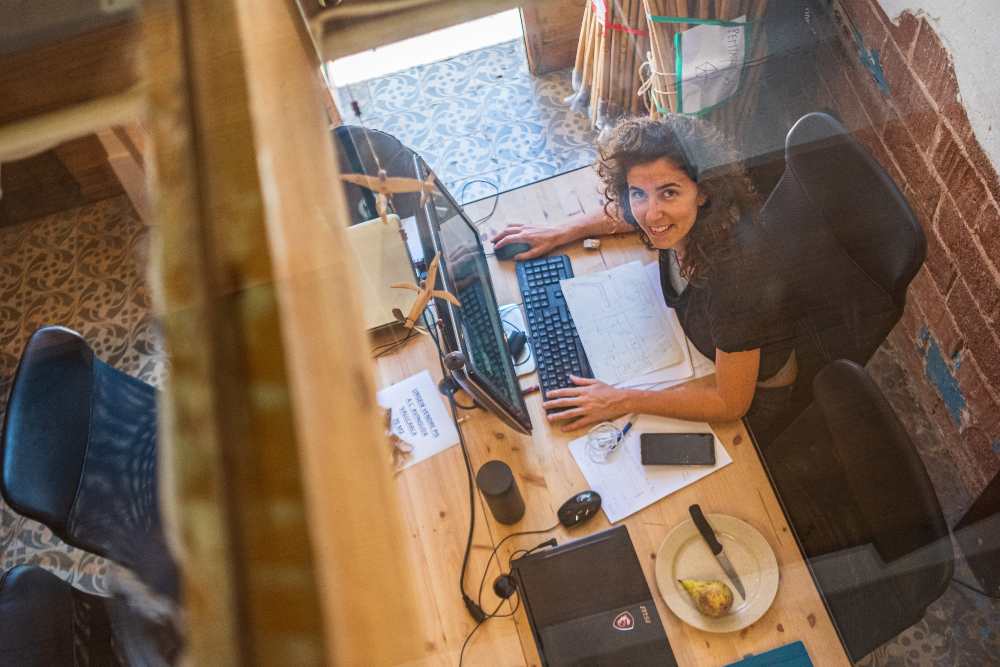
Vallcarca is one of the neighborhoods that most talk about housing problems, gentrification and neighborhood resistance in Barcelona. Why?
When the Barcelona Metropolitan Territorial Plan was presented in 1976, the cross was placed over the neighborhood. Almost 30 years later, in 2002, the expropriations began and in 2008 the demolition of the buildings began. The neighborhood assembly then began the work of redefining the plan, with the objective of paralyzing and adapting the urban plan. We started thinking about the neighborhood we wanted. We worry, we fear gentrification: among other things, we are struggling to control the price of rents.
You mentioned gentrification, a word that talks about many days. How would you define it?
Gentrification is a process that changes the social fabric of a neighborhood. The neighborhood degrades and the people there stop being at ease in the neighborhood. The process involves a new social sector: they can be young people, students, artists or okupas. The neighborhood's appearance is getting better and there's a significant change: everybody wants to live there, and because there's no room for everyone, the higher-class people become the lower-class people.
Gentrification is often linked to tourism. Does the situation in Vallcarca have a tourist influence?
Yes and no. It is true that the street that leads us to Park Güell is full of shops for tourists, and I am sure the rental of premises is not cheap. But the closure of shops in the old part of the neighborhood has not been caused by tourism, but by urban plans, the city council, and the construction company Nunez and Navarro. They are the ones who have broken the neighborhood, the ones who have torn down the carpenters, bakeries, etc. They existed. It's urban planning that condemns neighborhoods.
In 2008, several buildings in the neighborhood collapsed. Is it by this Assenblea de Vallcarca for which it emerged?

There were many early groups in the neighborhood, each with their way of working: okupas, Athaeum people, members of Black Heura, anarchists, association l’Antic Forn... The 15M movement began organizing an assembly in the neighborhood in 2011, becoming the center of coordination. After the participation days of 2014, the city legitimized us and then several issues were raised: the neighborhood we wanted, the need to change the urban plan or the desire to expel the constructor Núnez i Navarro from the neighborhood.
In addition to the Assemblea de Vallcarca, he also works in the architects' cooperative Voltes. What is the role of the architect in these types of processes?
There's a technical aspect that's totally unknown to the neighborhood: conveying that wisdom is an interesting part of our work. Now in Vallcarca everyone knows what typology, volume, square meters is... people who have done a “master of urbanism” to protect themselves. The neighborhood movement is stronger when an architect intervenes, as it uses the same language as the city council.
He says that an urban plan can condemn the neighborhood. However, both architecture and urbanism can help a neighborhood, right?
We have a meeting between architects and the neighborhood. Valcarca has worked differently because of the way it has approached the problem. I meet every day, we reflect, we will all decide what we need. After this work, I receive the specific request, the plans to be made. It's a collaboration between all of us. The architect doesn't give solutions, helps those who are looking for a solution.
In several cities in Euskal Herria there have also been many neighborhoods that have begun to denounce their situation. What recommendations would you give them after living through the Vallcarca process?
First of all, I would say to you that you are willing to organize and do a lot of work. There are a lot of people in the neighborhoods and you have to organize each other. In our case, the meeting point was the Assenblea de Vallcarca: we went almost door to door, explaining the situation to the neighbors and inviting them to attend the assemblies. Once the neighborhood was mobilized, we made a demonstration, and we've also pushed through the media, giving way to all the conversations that we've been able to. We also contacted the City Hall.
In working with the institutions it is important to bring forward clear proposals, before the meeting the possibilities and documents must be worked out well. After all, that's the only secret: working and bringing the neighborhood together.
“we wanted to redefine the urban plan of 2002, but starting to draw on the white sheet is not that easy. During all these years we have had the process underway and the questions have been many: What does social urbanism mean if we want a neighborhood town? What does the neighborhood town look like? How do you do it? Gradually, we have been answering the questions. It has been a theoretical work and by the end we already had the shapes of the buildings, the green spaces, the public spaces drawn. All of this has been the result of the reflection process.”
Hirietako egunerokoa interesatzen zaio Sarah Babiker kazetariari; ez, ordea, postaletako irudia, baizik eta auzoetan, parkeetan, eskoletan, garatzen den bizitza; bertan dabilen jendea. Lurralde horretan kokatzen dira bere artikuluak, baita iaz argitaratu zituen bi lanak ere... [+]
A prestigious architect comes from London to a small Galician town. It is David Chipperfield, a building with offices in Berlin, Milan and Shanghai, and has a large team of buildings. An elegant, refined architecture, made by a Sir. The story begins in the village of Corrubedo... [+]
In recent weeks it has not been possible for those of us who work in architecture that the climate phenomenon of Valencia has not been translated into our work discourse. Because we need to think about and design the path of water in decks, sewers, plazas and building parks. We... [+]
To have a car (private) in Japan it is mandatory to have a parking (private). The measure seems controversial, as the regulation (the securities systems here) allows the occupation of spaces where the car deposit is public. That is, the problem is conceived as a responsibility... [+]
I have few friends with a European feeling, I do not know whether Europeity becomes an identity. But when we travel to Europe, a friendship may emerge, because the main areas of territoriality that are taking place in Europe and in Europe are shared, where it is decided to... [+]









